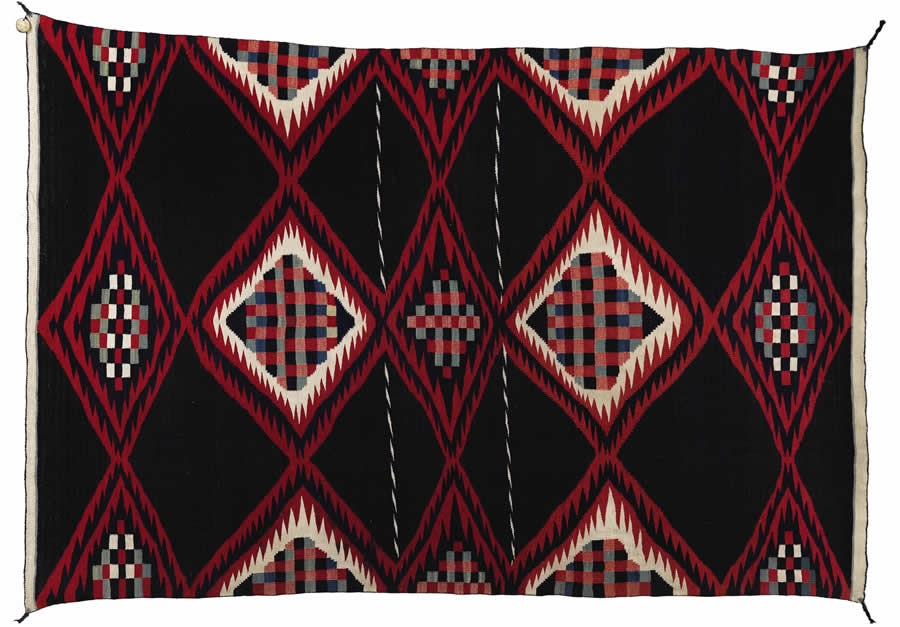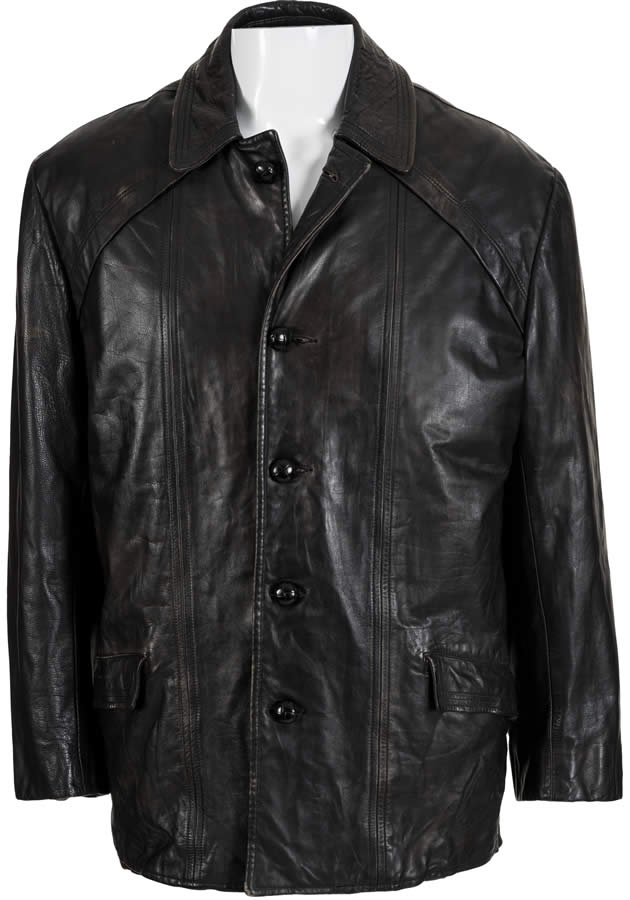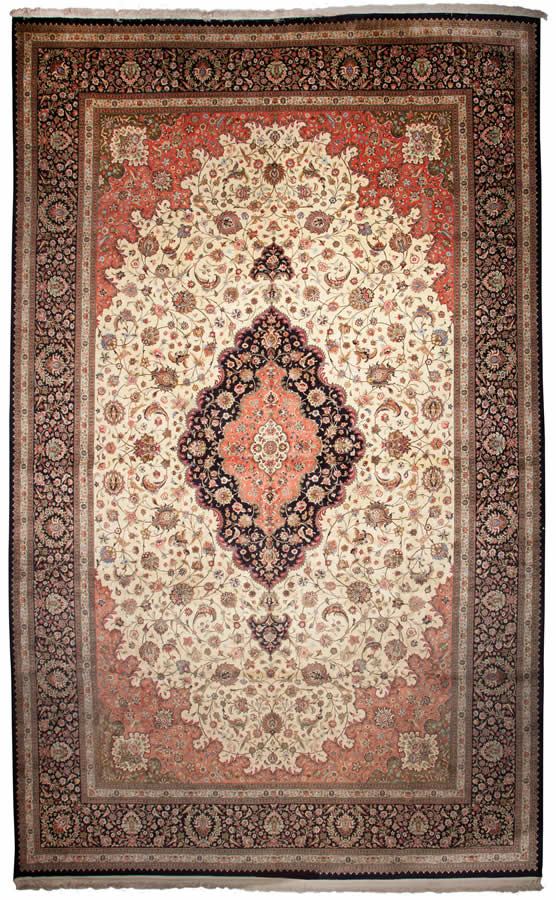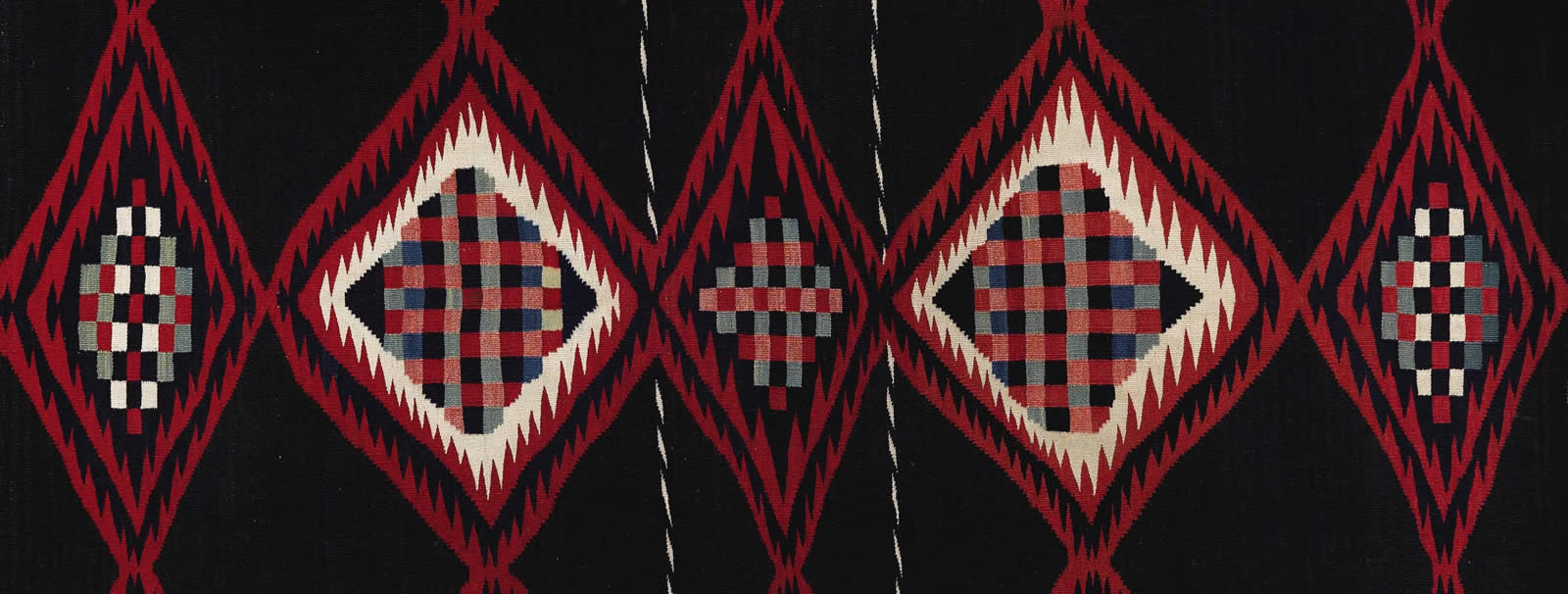THEIR FRAGILE NATURE MEANS COLLECTIBLE RUGS, CLOTHING, SCARFS NEED DEDICATED CARE
By Debbie Carlson
For years, textiles were overlooked by the art and auction worlds, except for certain types of pieces or those with historical significance.
“It used to be that auctioneers would go through a house, and they’d look for the jewelry, they’d look for the silver, they’d look at the paintings. They would open up closets, and they would close it and say ‘Nothing else in here.’ They don’t do that anymore. It’s an asset and everybody is realizing that,” says Deborah Miller, a textile and clothing appraiser who’s appeared on PBS’s Antiques Roadshow.
Textile collections are growing in importance, whether it’s ethnographic art, fine rugs, fashion, sports or other objects. Growing interest means growing value, and the sometimes-fragile nature of textiles means care and protection take extra work.
MIND THE MOTHS
Several types of insects can damage clothing and textiles, says Doug Greenberg, vice president of sales and marketing at Garde Robe, a luxury and museum-quality clothing storage firm. Moths, carpet beetles, silverfish and bedbugs are often found among pieces stored in home attics and basements, or in other standard-storage environments.
Enlarge

Insects, especially moths, Miller adds, feed exclusively on animal fiber, attacking fabrics like wool, fur, silk, felt and leather. “They’re attracted to food, perspiration, urine and even moisture,” she says.
Damage also occurs from improper storage. Common culprits include using the wrong hanger or hanging something that should be stored flat. “Get rid of wire hangers,” Miller says.
Jessica Pushor, collections manager at the Chicago History Museum, says knowing the material can dictate how to store it. Military uniforms are often made of strong wool, as are many men’s suits from the turn of the last century. For those, she uses padded hangers built to take the form of the item to prevent bumps in arms where the hanger may exceed the length of the shoulders.
Enlarge

Delicate textiles or textiles with many embellishments, such as 1920s silk dresses with sequins, should lay flat. To avoid creases when storing flat-laying items, Pushor recommends stuffing garments with uncolored, acid-free tissue paper. “You don’t want it to look like a hot dog in a microwave, but something to fill out the shoulder line and the arms,” she says, noting that collectors can buy archival boxing systems for storage, which should be kept off the floor, especially in basements.
Temperature fluctuations, Greenberg says, can lead to textiles expanding and contracting, stressing seams, while changes in humidity may cause problems with mold and mildew. Bathrooms with steam showers can cause these types of environmental fluctuations if they are located near closets.
Pushor keeps items that are susceptible to environmental fluctuations in cold storage with humidity control. That includes furs, but also many types of synthetic materials and sports equipment. While nylon and polyester are durable, plastic can become brittle. Early plastics such as bathing caps from the 1920s and ’30s can easily fall apart, as can a raincoat from the 1960s. Those types of textiles are less durable since they weren’t designed to be kept. Pushor notes the museum has a pair of shoes Michael Jordan wore in his 1989-90 seasons stored under a dust cover in a fur vault.
“Nike wasn’t making their shoes to last forever,” she says. “It’s the nature of the material.”
CLEANING AND DISPLAYING
Because natural textiles can fall victim to insects, it’s important to clean them before storing, even if it doesn’t appear dirty. For collectors who buy at resale shops and estate sales, Miller recommends cleaning textiles after purchase, as larvae can be in the fibers.
Enlarge

Don’t take these items to the corner dry cleaner. To care for high-end textiles such as silk and cashmere Hermès scarves, Diane D’Amato, director of luxury accessories at Heritage Auctions, recommends speaking with someone at the boutique who can suggest cleaners specializing in luxury fabrics.
“If you take it to an inexpensive dry cleaner, it never feels the same,” D’Amato says. “Some people hand-wash them, but I do not recommend that. It’s best to leave it to the professionals,” she says.
Unless an object is extremely fragile or one-of-a-kind, wearing or displaying the textile is part of the joy of ownership. Ofer Ben-Aharon, owner of NYC Rugs and a third-generation rug merchant, says oriental rugs are made to be used. “They need fresh air, to lie on the floor. They need to be walked on. They need to be exposed to a little sunlight,” he says. “That’s what makes good oriental rugs age nicely.”
Delia E. Sullivan, senior specialist and consignment director at Heritage’s Ethnographic Art department, says when displaying items such as Navajo and Northwest coast weavings, avoid direct sunlight, and hand-stitch a piece of Velcro along the top edge of the weaving so the weight is evenly distributed along that length to avoid sagging.
Enlarge

Sports collectors who want to show off jerseys, Pushor adds, can create a padded board covered with archival material or a clean, unbleached piece of cotton in the shape of the garment before putting in archival display cases.
PROTECTING YOUR INVESTMENT
Textiles can be covered under most fine arts and collectibles policies. The policies usually have blanket coverage and generally don’t have the deductibles, limitations and caps common in homeowner’s insurance.
Ronald Fiamma, global head of private collections at AIG Private Client Group, says the firm has dedicated coverage for fine clothing and a fine-arts policy to cover other textile collectibles. AIG’s couture insurance coverage includes couture, ready-to-wear, shoes and handbags, plus vintage clothing, costumes and historic and celebrity clothing collections. Some coverage includes harm caused by moths, floods and mold, plus dry-cleaning damage and coverage for work-in-progress couture and shoes.
Enlarge

Other textiles fall under AIG’s fine-arts policies. He recommends scheduling highly valuable textiles. That way, collectors can insure items for specific values and the insurance company will compensate them for losses in value or work with experts to get items restored if that’s an option.
“Many of them are very delicate, they’re rare, they’re expensive,” Fiamma says.
Textile coverage is often available on a case-by-case basis and generally falls under the “other collectibles” category, says James Appleton, director of sales, special risk, at MiniCo Insurance Agency.
Items that are rare or classified as “limited edition” or one-of-a-kind can usually be insured, he says, while items that are used often generally are not. A Louis Vuitton handbag that is used every day, for instance, would not be covered, but a collection of couture handbags that are on display could be considered.
When it comes to textiles such as props or costumes from a movie, Appleton says these can fall under their movie-memorabilia category.
Rugs and tapestries can be covered, as well. But Appleton says for fine rugs to be covered, they must be at least 40 years old. Rugs can be on the floor and used, but Appleton recommends placement in low-traffic areas to avoid potential hazards.
General boilerplate fine-arts and collectibles-insurance policies won’t cover damage stemming from wear and tear, gradual deterioration and inherent vice. Beyond that, anything that’s considered accidental damage or loss may be covered.
When it comes to rugs specifically, Fiamma says, the most common homeowner’s claim is water damage from bursting pipes, especially in older cities like New York. “It happens all the time. And what’s the first thing that gets damaged when there’s water? Rugs. And clients, for whatever reason, unless they’re being told to do so, fail to insure their rugs,” he says.
Risk-management agents will look where items are stored and make recommendations such as improving closet space and locating pipes to prevent water damage, he says. Agents also work with clients to get items appraised to set appropriate values. One of the advantages of working with an insurer, Fiamma says, is creating an inventory so collectors know exactly what they have.
“Without an inventory list, it becomes very difficult to settle a claim because the client will say, ‘I don’t know exactly what I had,’” he says.
 DEBBIE CARLSON is a Chicago freelancer whose work has appeared in Barron’s, U.S. News & World Report and The Wall Street Journal.
DEBBIE CARLSON is a Chicago freelancer whose work has appeared in Barron’s, U.S. News & World Report and The Wall Street Journal.
WHEN TO REPAIR – OR NOT

The delicate nature of textiles can leave them susceptible to unrepairable damage.
Diane D’Amato, director of luxury accessories at Heritage Auctions, says silk scarves are particularly prone as tears often cannot be sewn, ink cannot be removed and discoloration from perfume can be permanent.
Sturdier textiles such as rugs and weavings can be repaired and restored professionally, says Delia E. Sullivan, senior specialist and consignment director at Heritage’s Ethnographic Art department. Doing so may increase value. When shopping for textiles, hold pieces up to the light to look for moth damage, tears and stains, says Antiques Roadshow appraiser Deborah Miller.
Whether or not an item can be, or should be, restored, depends on the collector, the price of the object and how much the person is willing to pay for restoration, the experts say.
Ronald Fiamma, global head of private collections at AIG Private Client Group, says for any type of collectible, if damages are 40 percent to 50 percent of the item, many times it can be considered a total loss for insurance purposes. But textiles are often close to people’s hearts, and sometimes sentimental value may dictate a collector’s decision, as he or she may want it restored to retain the object, he says.
Unlike other collectibles, textiles can be repurposed or displayed creatively, depending on the condition. For example, there’s a big difference in value and utility between a quilt with a stain in the corner versus in the middle.
Miller says collectors need to ask themselves a question before buying a piece: “Does it impede my ability to enjoy it? If not, it may still be valuable.”
Debbie Carlson
This article appears in the Winter 2020-2021 edition of The Intelligent Collector magazine. Click here to subscribe to the print edition.

